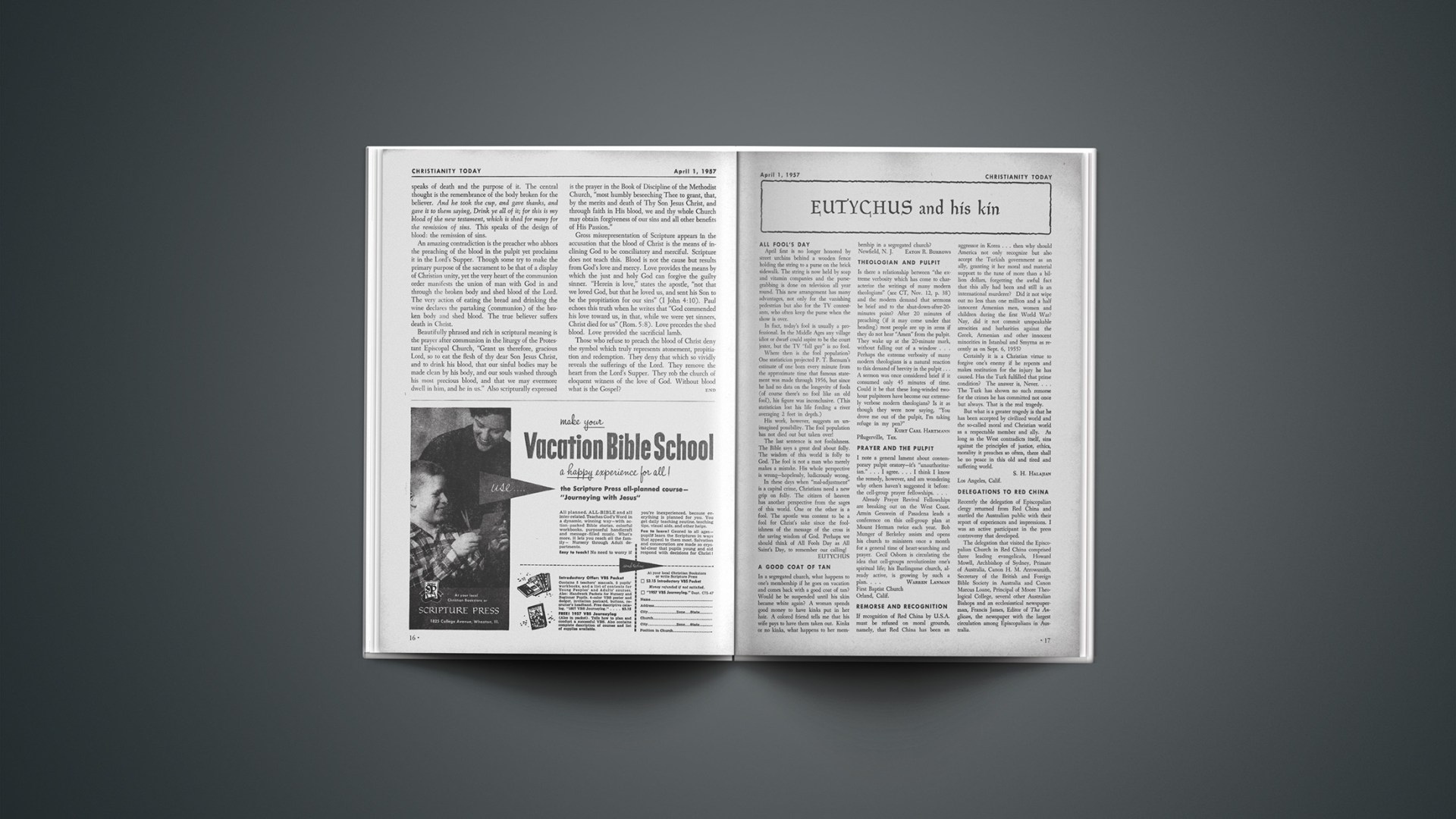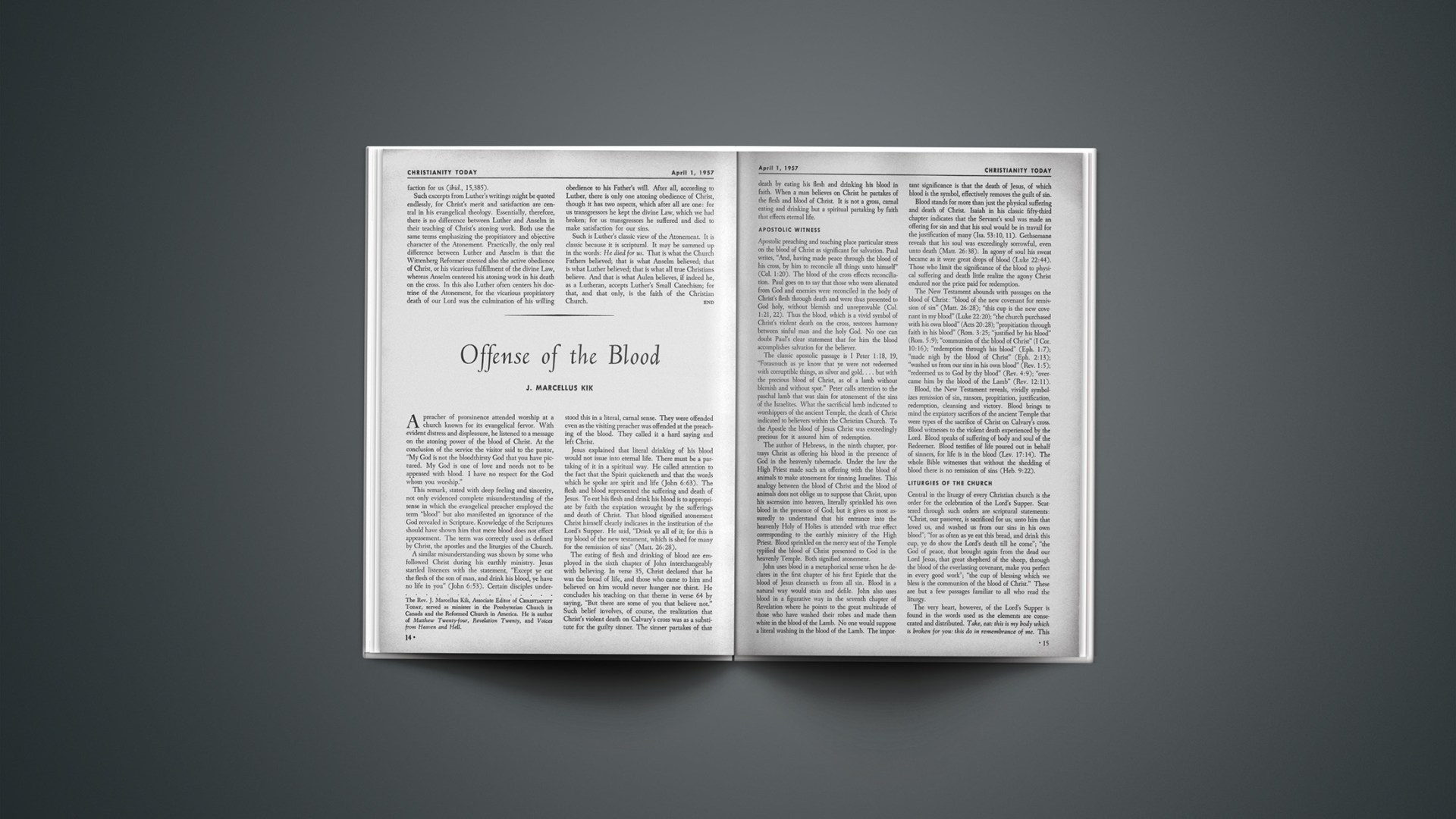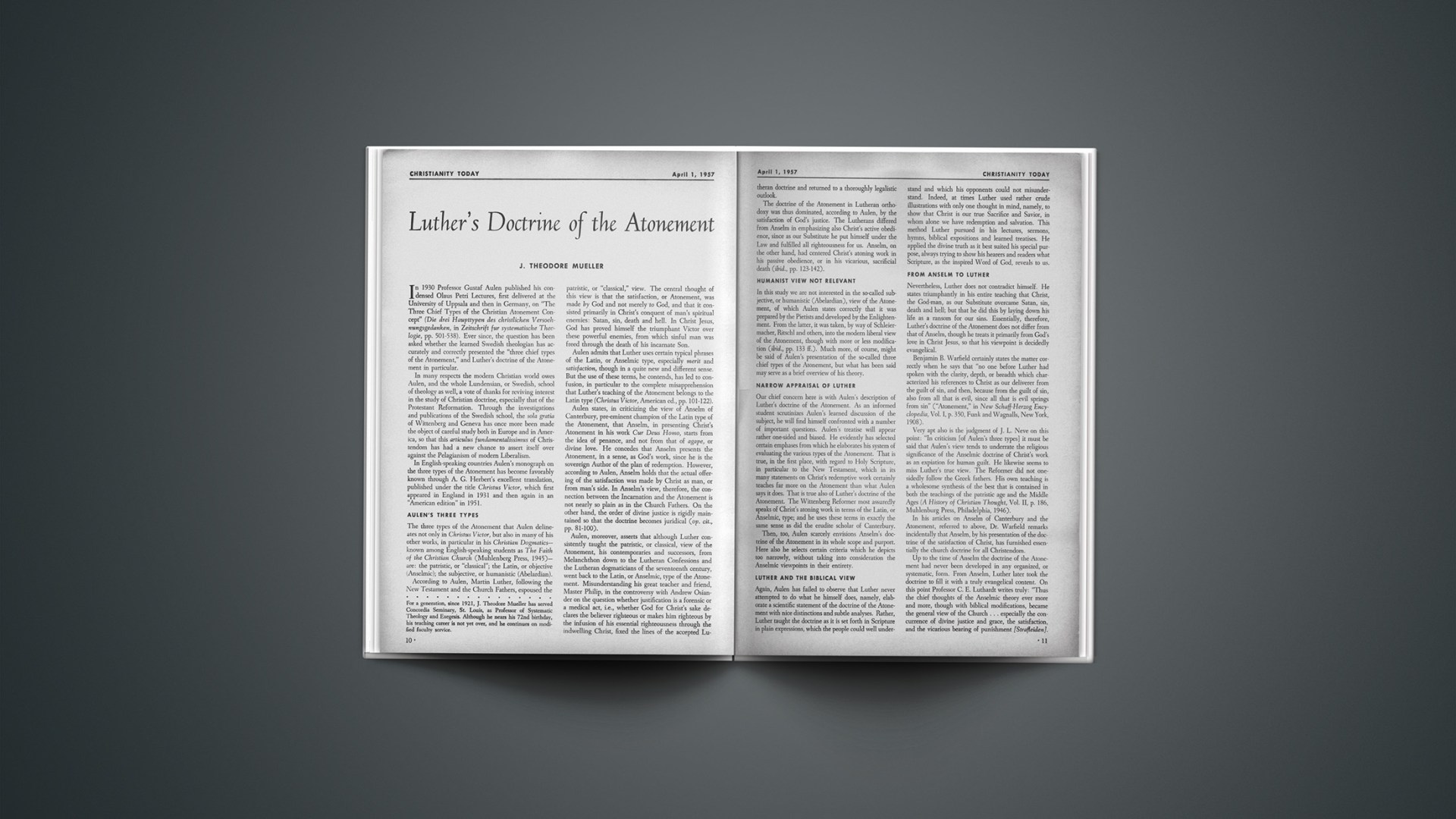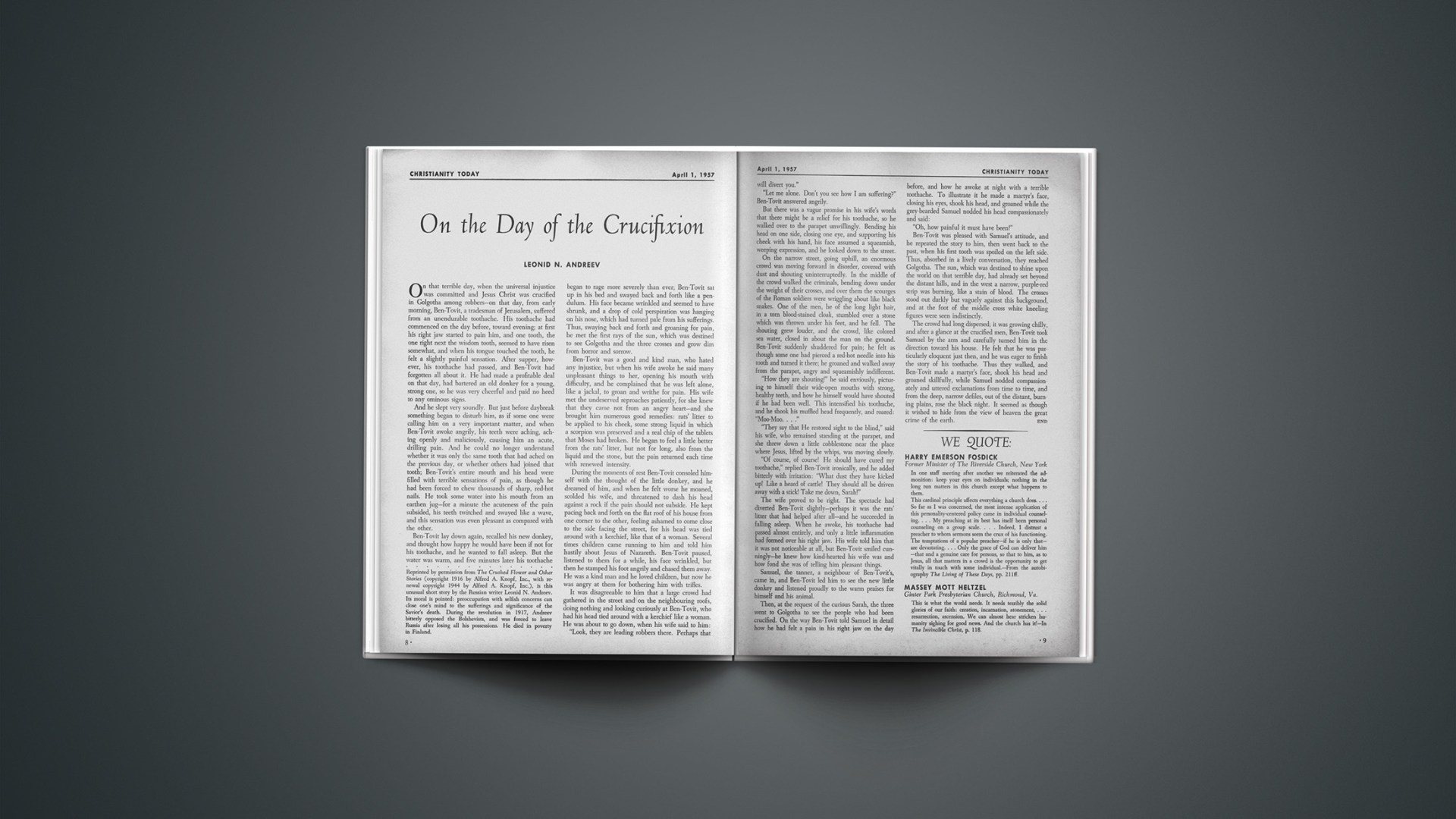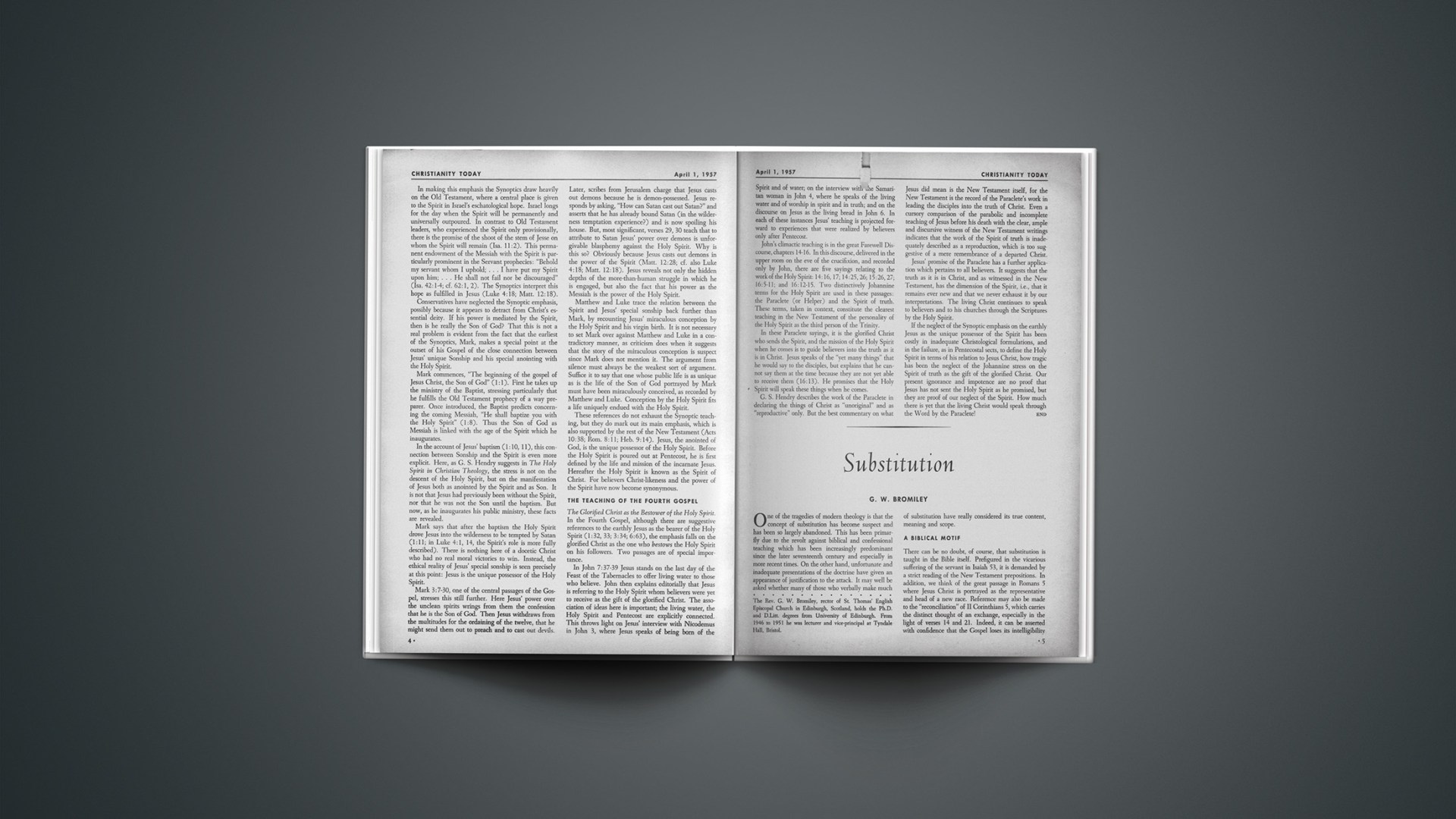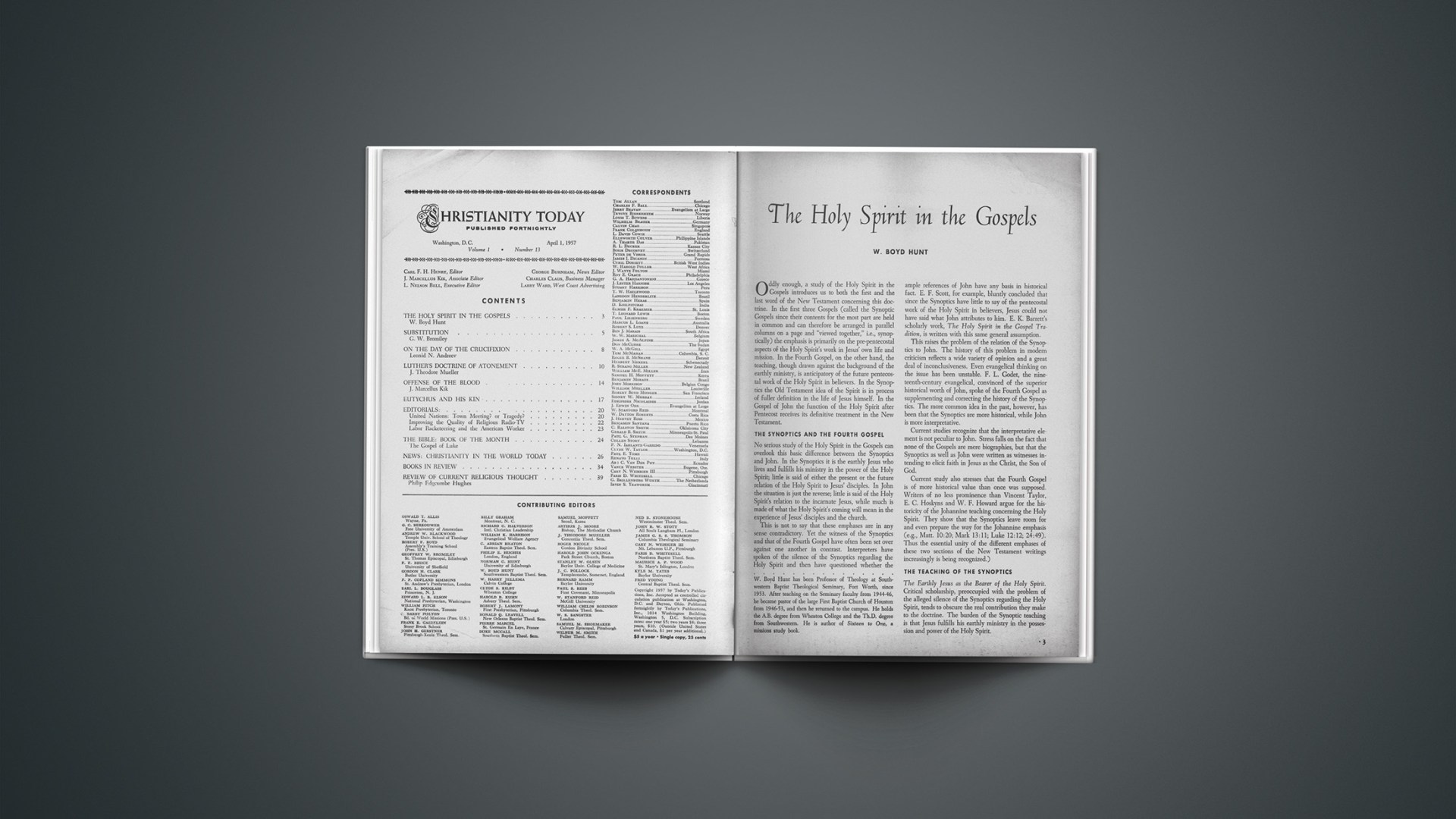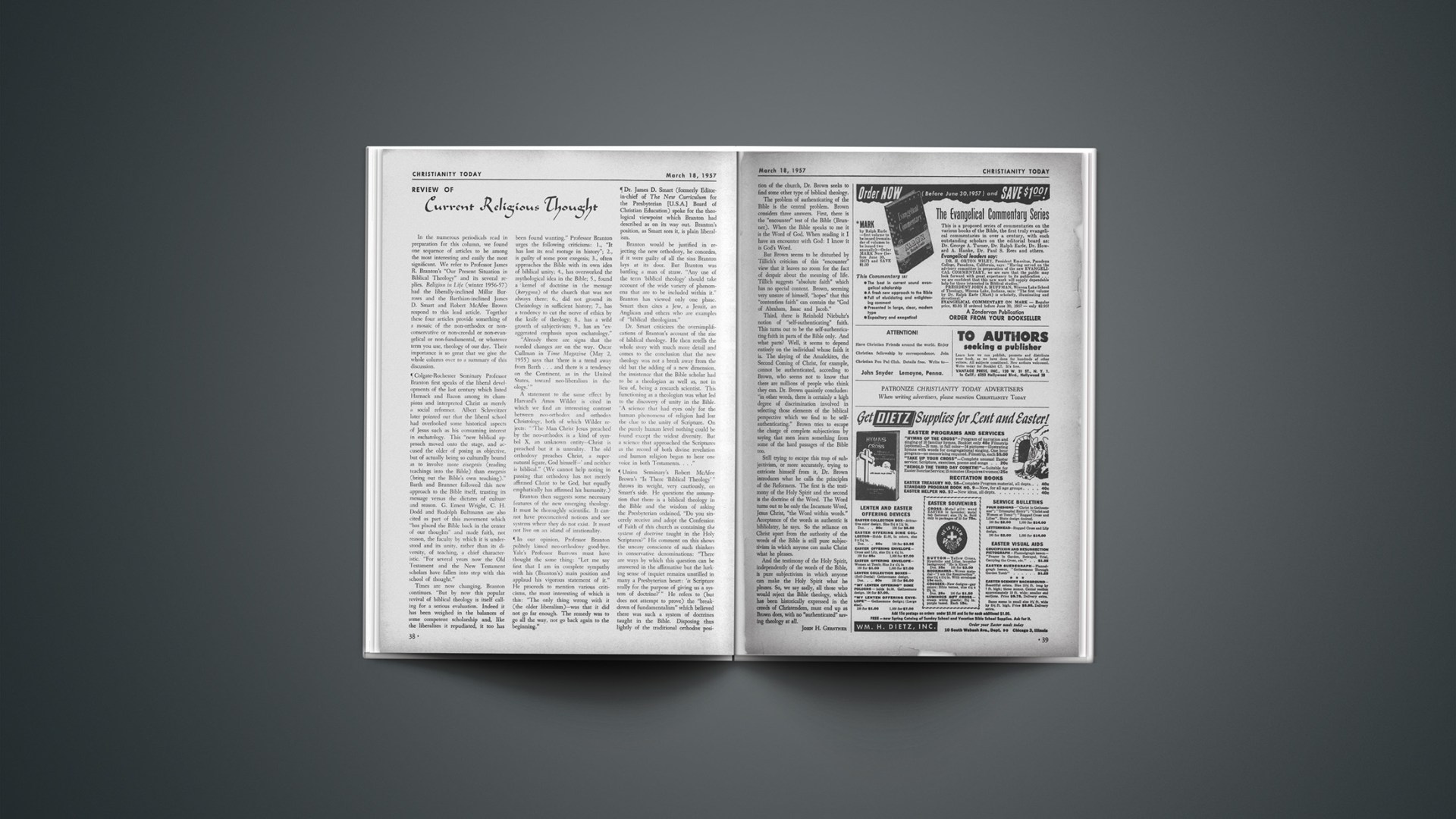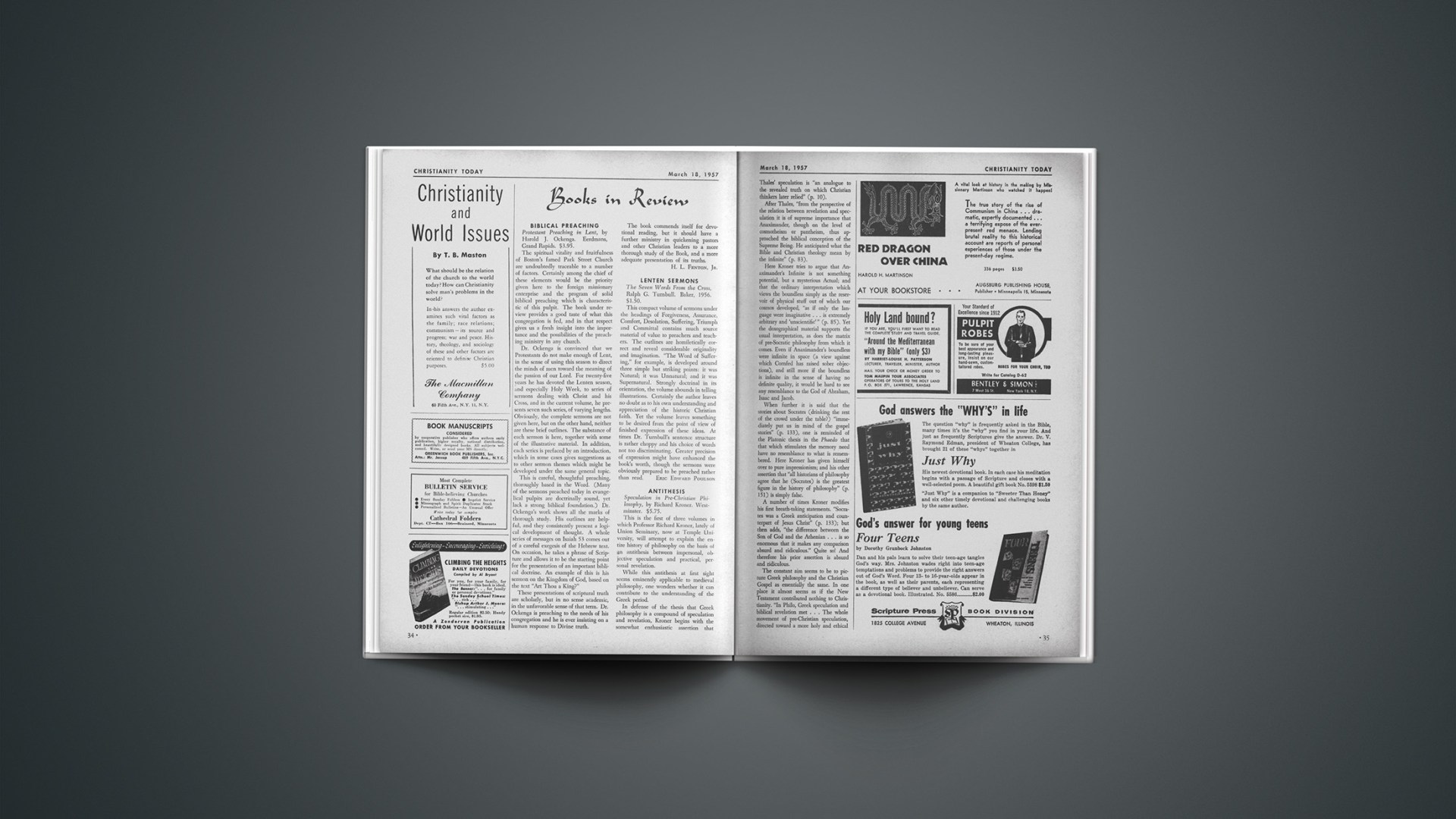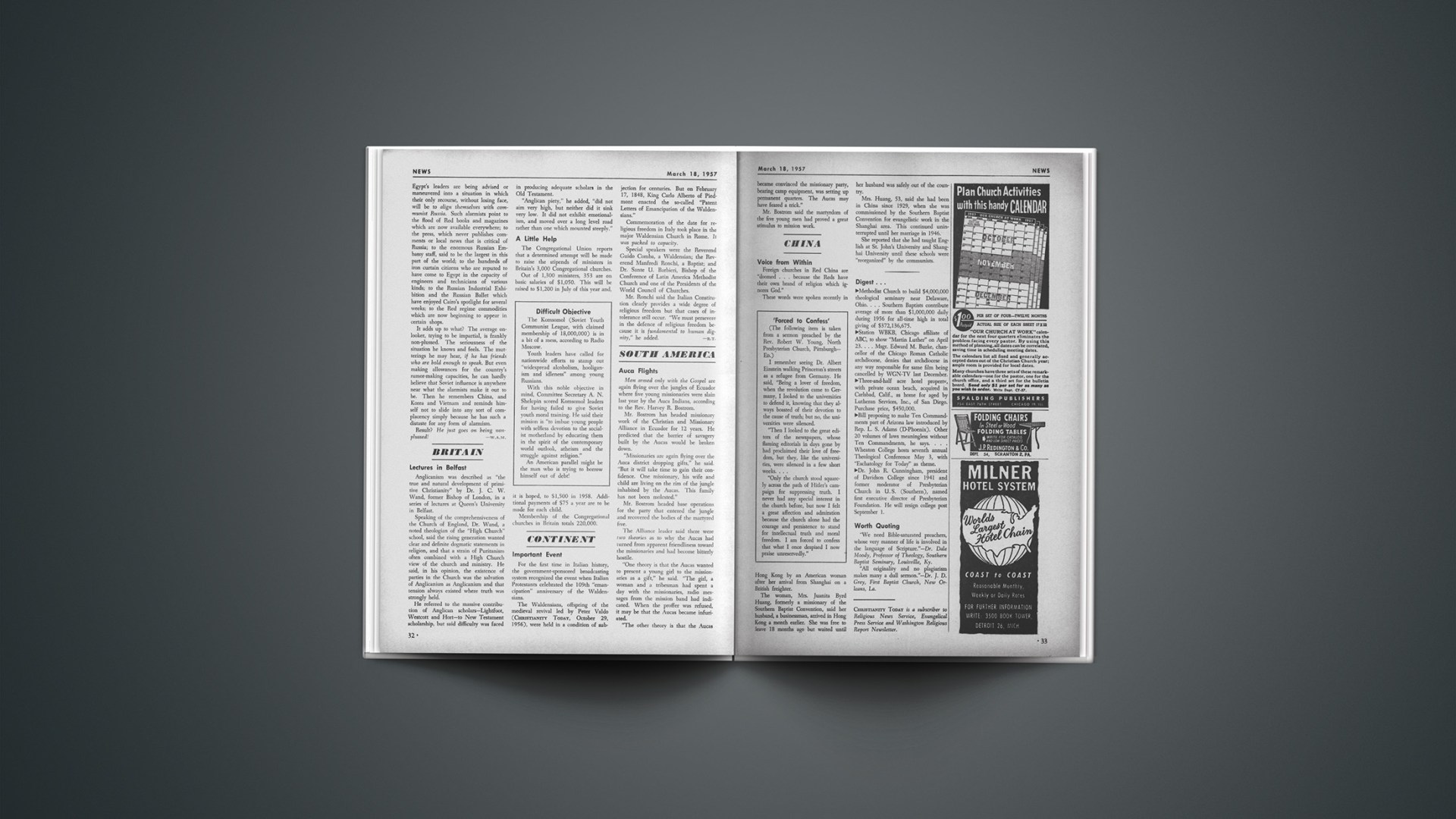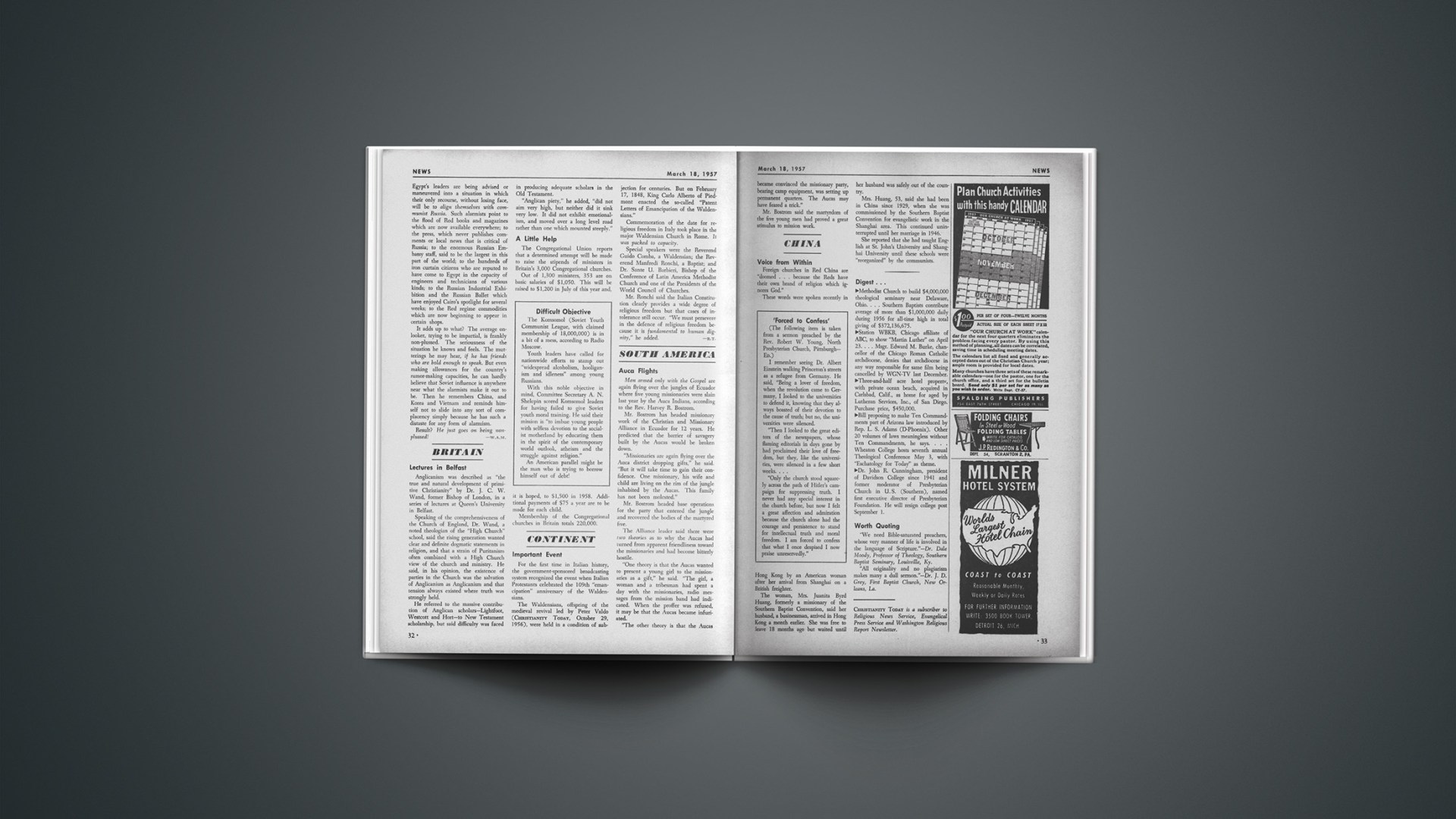ALL FOOL’S DAY
April first is no longer honored by street urchins behind a wooden fence holding the string to a purse on the brick sidewalk. The string is now held by soap and vitamin companies and the pursegrabbing is done on television all year round. This new arrangement has many advantages, not only for the vanishing pedestrian but also for the TV contestants, who often keep the purse when the show is over.
In fact, today’s fool is usually a professional. In the Middle Ages any village idiot or dwarf could aspire to be the court jester, but the TV “fall guy” is no fool.
Where then is the fool population? One statistician projected P. T. Barnum’s estimate of one born every minute from the approximate time that famous statement was made through 1956, but since he had no data on the longevity of fools (of course there’s no fool like an old fool), his figure was inconclusive. (This statistician lost his life fording a river averaging 2 feet in depth.)
His work, however, suggests an un-imagined possibility. The fool population has not died out but taken over!
The last sentence is not foolishness. The Bible says a great deal about folly. The wisdom of this world is folly to God. The fool is not a man who merely makes a mistake. His whole perspective is wrong—hopelessly, ludicrously wrong.
In these days when “mal-adjustment” is a capital crime, Christians need a new grip on folly. The citizen of heaven has another perspective from the sages of this world. One or the other is a fool. The apostle was content to be a fool for Christ’s sake since the foolishness of the message of the cross is the saving wisdom of God. Perhaps we should think of All Fools Day as All Saint’s Day, to remember our calling!
EUTYCHUS
A GOOD COAT OF TAN
In a segregated church, what happens to one’s membership if he goes on vacation and comes back with a good coat of tan? Would he be suspended until his skin became white again? A woman spends good money to have kinks put in her hair. A colored friend tells me that his wife pays to have them taken out. Kinks or no kinks, what happens to her membership in a segregated church?
EATON R. BURROWS
Newfield, N. J.
THEOLOGIAN AND PULPIT
Is there a relationship between “the extreme verbosity which has come to characterize the writings of many modern theologians” (see CT, Nov. 12, p. 38) and the modern demand that sermons be brief and to the shut-down-after-20-minutes point? After 20 minutes of preaching (if it may come under that heading) most people are up in arms if they do not hear “Amen” from the pulpit. They wake up at the 20-minute mark, without falling out of a window … Perhaps the extreme verbosity of many modern theologians is a natural reaction to this demand of brevity in the pulpit … A sermon was once considered brief if it consumed only 45 minutes of time. Could it be that these long-winded two-hour pulpiteers have become our extremely verbose modern theologians? Is it as though they were now saying, “You drove me out of the pulpit, I’m taking refuge in my pen?”
KURT CARL HARTMANN
Pflugerville, Tex.
PRAYER AND THE PULPIT
I note a general lament about contemporary pulpit oratory—it’s “unauthoritarian.” … I agree.… I think I know the remedy, however, and am wondering why others haven’t suggested it before: the cell-group prayer fellowships.…
Already Prayer Revival Fellowships are breaking out on the West Coast. Armin Gesswein of Pasadena leads a conference on this cell-group plan at Mount Herman twice each year. Bob Munger of Berkeley assists and opens his church to ministers once a month for a general time of heart-searching and prayer. Cecil Osbom is circulating the idea that cell-groups revolutionize one’s spiritual life; his Burlingame church, already active, is growing by such a plan.…
WARREN LANMAN
First Baptist Church Orland, Calif.
REMORSE AND RECOGNITION
If recognition of Red China by U.S.A. must be refused on moral grounds, namely, that Red China has been an aggressor in Korea … then why should America not only recognize but also accept the Turkish government as an ally, granting it her moral and material support to the tune of more than a billion dollars, forgetting the awful fact that this ally had been and still is an international murderer? Did it not wipe out no less than one million and a half innocent Armenian men, women and children during the first World War? Nay, did it not commit unspeakable atrocities and barbarities against the Greek, Armenian and other innocent minorities in Istanbul and Smyrna as recently as on Sept. 6, 1955?
Certainly it is a Christian virtue to forgive one’s enemy if he repents and makes restitution for the injury he has caused. Has the Turk fulfilled that prime condition? The answer is, Never.… The Turk has shown no such remorse for the crimes he has committed not once but always. That is the real tragedy.
But what is a greater tragedy is that he has been accepted by civilized world and the so-called moral and Christian world as a respectable member and ally. As long as the West contradicts itself, sins against the principles of justice, ethics, morality it preaches so often, there shall be no peace in this old and tired and suffering world.
S. H. HALAJIAN
Los Angeles, Calif.
DELEGATIONS TO RED CHINA
Recently the delegation of Episcopalian clergy returned from Red China and startled the Australian public with their report of experiences and impressions. I was an active participant in the press controversy that developed.
The delegation that visited the Episcopalian Church in Red China comprised three leading evangelicals, Howard Mowll, Archbishop of Sydney, Primate of Australia, Canon H. M. Arrowsmith, Secretary of the British and Foreign Bible Society in Australia and Canon Marcus Loane, Principal of Moore Theological College, several other Australian Bishops and an ecclesiastical newspaperman, Francis James, Editor of The Anglican, the newspaper with the largest circulation among Episcopalians in Australia.
The reports vary widely. That of Canon Arrowsmith has been the most favorable and has received the widest circulation in Evangelical circles; Archbishop Mowll has been generally favorable but less voluble while Canon Loane was unimpressed but has limited his critical report to a close circle of friends. Francis James has published a series of articles at once critical and sympathetic.
The report of Canon Arrowsmith is self-negating. He blithely reports as objective fact generalizations which can be nothing but Communist propaganda. Such broad statements as, “The majority of the Chinese people support the Communist Regime,” “The Communists have raised the living standards of the people,” “There is no civil war in China,” trip lightly from his pen.
By what strange and miraculous process did Canon Arrowsmith discover the emotional and mental attitudes of 600,000,000 Chinese people. He cannot speak the Chinese language—his contacts were with a highly selected and minute sample of the population. Those he did meet were at the mercy of a minutely controlled Communist press and radio for the basic national news. The assessment of public opinion is a highly technical process. Vast sums are spent in this country in an attempt to discover it. The minimum essential is a free press and free elections. Both of these are non-existent in Red China.…
Many less-publicized and less favorable aspects of Communist China were drawn from Archbishop Mowll through skillful questioning by the Rev. Malcolm Mackay, leading Presbyterian Minister of Sydney, Australia. Mr. Mackay was Secretary of the World Council of Churches in Australia and had the duty of arranging the tour of Hromodka, the Czechoslovakian pro-Communist member of the Executive of the World Council of Churches. He was appalled by the Communist utilization of the church for their sinister purpose. He obtained an insight into their motives and methods. Courteously yet insistently he elicited such information from Archbishop Mowll and Mrs. Mowll.
1. Everyone in China must register his religion. If he registers as a Christian he is under government pressure to attend church. The reason for this pressure became clear when Francis James reported that the preachers have to meet with the Communist government representative twice weekly to be instructed in the “Political Line” they must follow on Sunday in the services.
2. Everyone in China works very hard. The Mowlls specified from 7 A. M. till 8 P. M. six days a week. Both husband and wife work. Frequently they work in cities hundreds of miles apart. If it is absolutely essential that someone be home to care for the children, the government provides a nurse. This indicates a planned attack on family life. This is diametrically opposed to the Christian ethic. Archbishop Mowll attributes the willingness of the Chinese people to work such long hours in such intolerable conditions as an indication of their patriotic zeal. He apparently ignores the motivating power of the alternative of starvation. The State is the universal employer.
3. A few days prior to the arrival of the delegation in China, one of the Chinese Episcopalian bishops, Bishop Kimber Den, was released from prison. One of his Communist interrogators replaced him in his cell. This bishop had been in prison for nearly four years. He had been kept in solitary confinement. No charge had ever been laid against him. He had never been brought to trial. Under persistent interrogation he had confessed to receiving gold from a missionary. When he was released the Communist who had obtained this confession was jailed in his place. The delegation met him and he assured them his imprisonment had not been “religious persecution!” Francis James visited three Catholic Bishops in prison. They all told him that their imprisonment was utterly justified and expressed great affection for the Chinese Communist government.
4. All Chinese life is lived to the accompaniment of a ceaseless propaganda barrage from loudspeakers placed in every strategic location. The objective picture is appalling. It presents a people ruthlessly regimented; controlled in every detail of their lives, working frenziedly at industrialization while propaganda moulds the mass mind. This frightful tool is being forged by a small fanatical and highly efficient group avowedly dedicated to our conquest and destruction. Equally appalling was the equanimity and apparent approval with which the Primate of Australia disclosed these facts.
The Communist program for the Church is simple: (1) to enslave; (2) to utilize; (3) to destroy.
The process of enslavement is now complete. A hideous reign of terror developed following Communist conquest which decapitated the church of its independent leadership and cowed many Christians. How many Christians were murdered and tortured only eternity will reveal.
The Communist government then forced the churches into a union called the Three-Self Movement and appointed the leaders. Any group that would not join was persecuted and the leaders arrested for some alleged crime—never for their religious acts. One of the published aims of the Three-Self Movement is the promotion of the “World Peace Movement” and the “liberation” of Formosa. With the church leadership politically reliable the persecution ceased. Relative freedom of worship and preaching is allowed. The churches are filled, aided by government pressure; the preachers are favored economically and the delegations are invited who see full churches, with well-paid preachers who chant the refrain “All is well.” The naive are suitably impressed and return to serve the communist cause by their favorable reports.
The destruction of the church can be actively consummated at any time it has fulfilled its purpose. The passive destruction meanwhile continues by the alienation of the youth whose lives are so totally regimented that there is no time or place for church life.…
We are on the verge of a communist offensive with the church as the spearhead. Look for continuing pressure for mutual delegations of churchmen from China and all the free countries with glowingly favorable reports following the trips. Will a new “Red Dean” emerge from evangelical ranks? Will the church cooperate with the forces dedicated to its destruction?…
FRED C. SCHWARZ
Christian Anti-Communism Crusade
Long Beach, Calif.
POTPOURRI
It certainly does not “speak to my condition.”
W. N. WINTER
Baltimore, Md.
I don’t think your staff of amillennialists is half capable of interpreting current events in the light of the Bible.
H. EDWARD ROWE
Dallas, Tex.
With the exception of Billy Graham … and a few other names … I find few that I recognize as leaders in the front ranks who have something challenging and worth while to offer a needy people looking to the Church for guidance.
FRANKLIN E. SCHLUETER
Emmanuel Church Evangelical U. B.
Appleton, Wisconsin
It probably may serve to hasten the apostasy and assist in the dissolution of Christendom and the weakening and disintegration of Christian Civilization.
JAMES E. BENNET
New York, N.Y.
You have not yet rammed the dagger in the back of the World Council or the National Council, but it seems that you have it poised, ready to strike.
EUGENE SCHNEIDER
St. Marks Evangelical and Reformed
Milwaukee, Wis.
As a political Liberal and an orthodox Christian, I resent the fact that Protestantism has been historically identified with the middle classes and their bourgeois prejudices. Max Weber (Die Protestantische Ethik und der Geist des Kapitalismus) and R. H. Tawney (Religion and the Rise of Capitalism) have demonstrated that this is true.…
ROGER WILLIAMS
Louisville, Ky.
Is the theology of the 17th century to be the final theology of the Protestant church, as that of St. Thomas Aquinas is for the Roman Catholics?…
RAYMOND L. WALLACE
Calvary Presbyterian
Newark, N.J.
… Your strict adherence to so-called “orthodoxy” is but a political gesture calculated to secure your own souls within the walls of paradise, where you judge your saints of old to be.… Conservatism appears to me to enjoy almost as much life as the dead past.…
ROBERT A. BARNETT
First Presbyterian Church
Arlington, Va.
A publication that includes an article by Billy Graham in its first issue and one by Ernest G. Manning in its second is hardly to be taken seriously.
W. D. GANT
Anglican Parishes
Black Diamond, Alberta
Too many slow reading articles, and rusty and archaic language.
VERNON E. BERG, JR.
First Presbyterian Church
Titusville, N. J.
I found your magazine interesting … but none of the articles struck me as particularly vital or unique.
Bishop C. COOPER ROBINSON
Diocese of Moosonee
Schumacher, Ontario
… With your paper and the Reader’s Digest before me, I am afraid you are very much an adolescent nation, and such indications rather make us dying folk squirm in acute embarrassment. But what a nation you will be when your growing pains have ended!
WILLIAM HALL
Sheviocke Rectory
Torpoint, Cornwall, England
I cannot feel that a fundamentalist belief such as you stand for has any real contribution to make to evangelism today but is rather a stumbling block to it.… I think my attitude will be shared by many Church of Scotland ministers.
V. C. POGUE
The Manse of Carnock
Dunfermline, Scotland
… If you commence to become an organ for Billy Graham’s ideas, I believe your cause will eventually descend to that of a fundamentalist viewpoint, applauded only by a group of Southern Baptists and other radicals.…
JOHN WILKEY
The Methodist Church
Murrayville, Ill.
Reactionary rubbish.… Nauseating reading.… Send the balance to one of your Gospel Hall or Jehovah’s Witness brethren, but remove my name …
K. N. BRUETON
St. Paul’s Church
Jarvis, Ontario, Can.
Congratulations on “Those who do not speak well of you.” Please enter my subscription.
JOHN VAN PEURSEM
Zeeland, Mich.
I sent you a notice not to send me any more of such “junk.” Now, I want to make sincere apology.… After reading, I found I was entirely wrong.… Count me as one of your subscribers.…
C. V. GARDNER
Columbus, O.
Deep enough for us to pause and dig, but not so deep that we are lost.
JAMES R. ARTHUR
Pine St. Baptist Church
Milford, Mass.
We university people of a conservative theological inclination look with anticipation on a magazine that speaks to our level.…
ROBERT G. COLLMER
Hardin-Simmons University
Abilene, Tex.
… Warmest congratulations on bridging the gap between a heavy theological magazine beyond the vocabulary of most laymen, and a light evangelical periodical which all too often offers nothing in the way of “meat” to its readers.
D. O. ANDERSON
Toronto, Can.
It seems to have both ballast and balance at this needed level.
ARMIN R. GESSWEIN
Pasadena, Calif.
If this is the kind of publication you plan to put out, and if you can retain the standard you have set … it will be one of the best, if not the best, of all religious papers anywhere. Some will say that this field is now crowded. But it is not crowded in the area where Volume 1, began its work. May you succeed gloriously.
R. B. LAVENDER
First Methodist Church
Russellville, Ala.
… Greatly appreciate the historical, biblical, spiritual and theological value of your magazine.…
J. E. PURDIE
Winnipeg, Manitoba, Canada
Editorial quality is high, articles on the whole expertly written, subject matter fresh and provocative, and the overall format efficient and attractive.
GILBERT H. VIEIRA
Geneva Ave. Methodist Church
San Francisco, Calif.
Your very first issue displays a rich and deep biblical scholarship that may be able to bring present day Christendom out of its rut … Certainly a new challege is presenting itself to Fundamentalism since theological liberalism has already outlived its day and a new orthodoxy is about ready to hatch out on some unknown camp ground.
T. L. NUSSBAUM
Bergthal Mennonite Church
Corn, Oklahoma
It is encouraging to find the subjects I have been trying to preach about for 40 years being dealt with in such a scholarly and practical way. I hope now such thoughts are being published they may be more acceptable than I have found the spoken Word in my lonely pilgrimage.…
E. V. BRIDGER
Langley Burrell
Chippenham, Wilts, England
CORRECTION
I would like to correct a mistake in “Confusing Reports on Church in Red China.” Dr. Howard Mowll, Archbishop of Sydney, was not a member of the “Cambridge Seven” as he was not born when they went to China in 1885! He did not go to China until 1922, being consecrated assistant bishop on June 24th of that year and was appointed the bishop of the Diocese of West China in 1926.
His predecessor as bishop in West China was Bishop W. W. Cassels who was one of the Cambridge Seven, the others being C. T. Studd (my uncle), Stanley P. Smith, Dixon E. Hoste, Montague Beauchamp, Cecil Polhill-Turner and his brother, Arthur Polhill-Turner.
VEN. C. H. R. BRADSHAW
Archdeacon of Cariboo
Kamloops, B. C.

